NONFICTION NOVEMBER 2019: Week 5
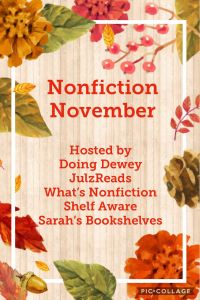
We’re in Week 5 of Nonfiction November: New to My TBR. (If you need an introduction to Nonfiction November, please visit the original post on Julie Merilatt’s blog JulzReads. This week is being hosted by Rennie from What’s Nonfiction.
It’s been a great month of reading fabulous posts about supercali nonfiction books. I had to rein myself in to keep my additions to my TBR to a (baker’s) half-dozen.
I’m beginning to realize that essays are what thrill me in a nonfiction read. Three collections that I added this month:
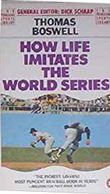
How Life Imitates the World Series by Thomas Boswell.
Jane at Hotchpot Café tipped me to this one. I’ll be reading it and thinking of my late dad.
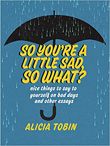
So You’re a Little Sad, So What? by Alicia Tobin.
Brandon at Every Read Thing says “I would put Alicia Tobin’s first book up against the best of David Sedaris – it’s that good. I had a great time reading this one and I hope you do too.”
And Tobin is Canadian!
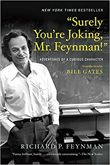
Surely You’re Joking, Mr. Feynman! by Richard P. Feynman.
RaiderGirl at An Adventure in Reading says: Feynman (winner of the Nobel Prize in physics) is “well known for popularizing physics, and his ability to tell a great story”. Science isn’t usually my thing, so I’m looking forward to stretching a little to take this one in.
Non-essay nonfiction that I added:

Shelleyrae at Book’d Out listed several books about true crimes by women. True-crime is another area I’m not usually much interested in reading but Cargo of Women by Babette Smith caught my eye.
Shellyrae said that it “focuses on the experiences of one hundred women who were sentenced to transportation to Australia, often for petty crimes, in 1829. It’s a fascinating exploration of their experiences as convicts.”

Sue at Whispering Gums reminded me that I must be the last person in the world to read The Immortal Life of Henrietta Lacks by Rebecca Skoot. But since there are new readers being born every minute, if I tackle it this year, I won’t be last anymore (right?)
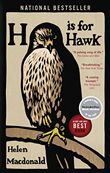
Deb at ReaderBuzz also prompted my memory- this time about H is for Hawk by Helen Macdonald.
I’ve been meaning to put this memoir on my TBR pile for a while now.
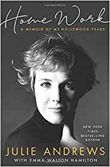 And last but not least, as they say, Annabel at Annabookbel let me know that Julie Andrews has a sequel to her memoir Home, which has been sitting unread on my shelves for years.
And last but not least, as they say, Annabel at Annabookbel let me know that Julie Andrews has a sequel to her memoir Home, which has been sitting unread on my shelves for years.
Now I must get to it and read the follow-up that Annabel recommended: Homework: a Memoir of my Hollywood Years
That wraps up Nonfiction November for me. I’m looking forward to hearing what everyone else added to their TBR lists.
Have you read any of my additions? Which would you recommend that I read first?
P.P.S. The links are affiliate links so I will receive a small percentage of any purchase you make after clicking through from this blog.

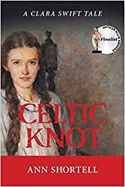 This past summer I had the pleasure of reading
This past summer I had the pleasure of reading 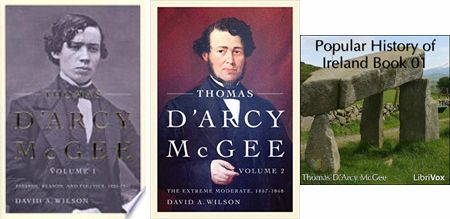 My interest piqued, I found this two-volume biography of McGee by David Wilson:
My interest piqued, I found this two-volume biography of McGee by David Wilson: 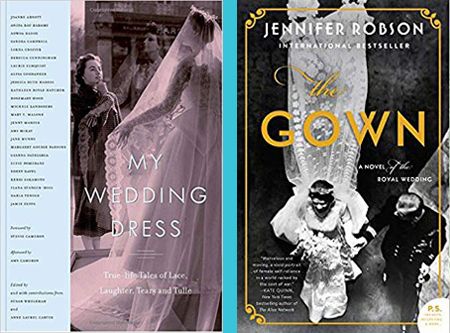
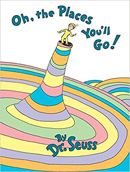 The title of ‘favourite’ is a close race between
The title of ‘favourite’ is a close race between 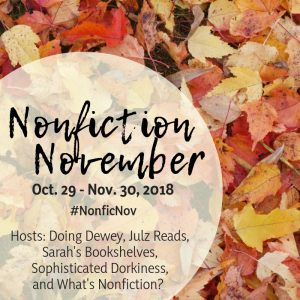
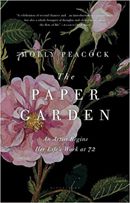
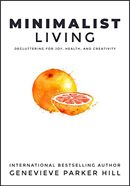
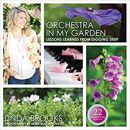
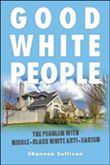
 Whew! It’s these kind of questions that make me feel totally inadequate and unqualified to be discussing books.
Whew! It’s these kind of questions that make me feel totally inadequate and unqualified to be discussing books.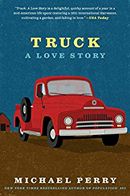
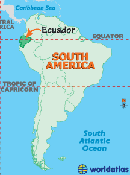 What’s happening:
What’s happening: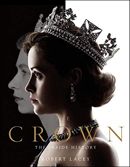 The Companion book contained many photos of the series, but also of the real-life royals. It also provided history for each episode about the political and personal disasters taking place at the time. Although we googled the events as the show progressed, I found many things in this book that I had not previously known.
The Companion book contained many photos of the series, but also of the real-life royals. It also provided history for each episode about the political and personal disasters taking place at the time. Although we googled the events as the show progressed, I found many things in this book that I had not previously known.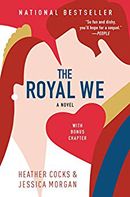 It’s a chick-litty romance which is not something I usually read, but I was intrigued by the royal connection. It features all-American Rebecca (Bex) Porter, who goes to Oxford and falls in love with the guy across the hall, who just happens to be the heir to the British throne. It was sort of based on William and Katherine, but would make great reading now in light of Harry & Meghan.
It’s a chick-litty romance which is not something I usually read, but I was intrigued by the royal connection. It features all-American Rebecca (Bex) Porter, who goes to Oxford and falls in love with the guy across the hall, who just happens to be the heir to the British throne. It was sort of based on William and Katherine, but would make great reading now in light of Harry & Meghan.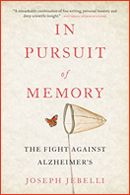 My reading overall was down dramatically in the past year, and I had only 3½ nonfiction titles in the mix. They represented a wide range of topics: medicine, history and lifestyle.
My reading overall was down dramatically in the past year, and I had only 3½ nonfiction titles in the mix. They represented a wide range of topics: medicine, history and lifestyle. 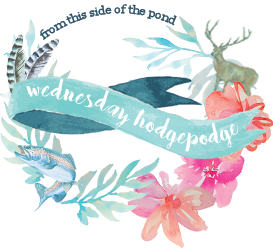
 But that’s not the issue. I just read this
But that’s not the issue. I just read this 
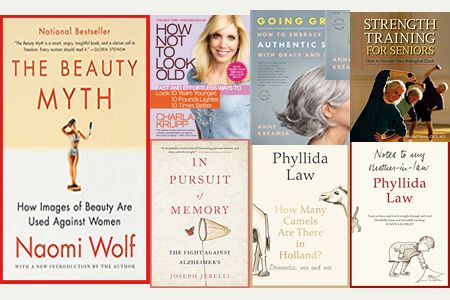
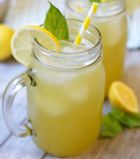
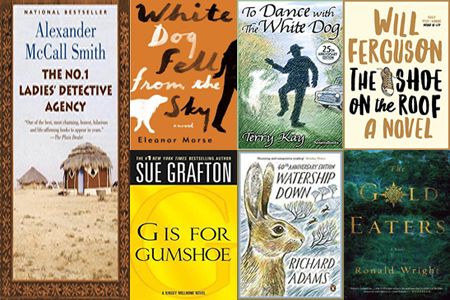
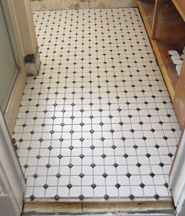
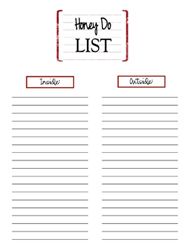 2. Do you have a list of to-dos that need accomplishing in order to prepare your home and/or property for the winter season? What are some of the jobs on your list? Are you a do-it-yourself or do you hire someone to accomplish these tasks?
2. Do you have a list of to-dos that need accomplishing in order to prepare your home and/or property for the winter season? What are some of the jobs on your list? Are you a do-it-yourself or do you hire someone to accomplish these tasks?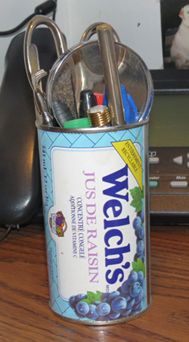 4.
4. 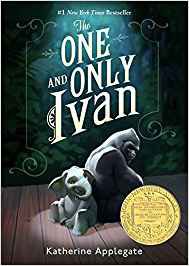 5. Favorite book you read this year?
5. Favorite book you read this year?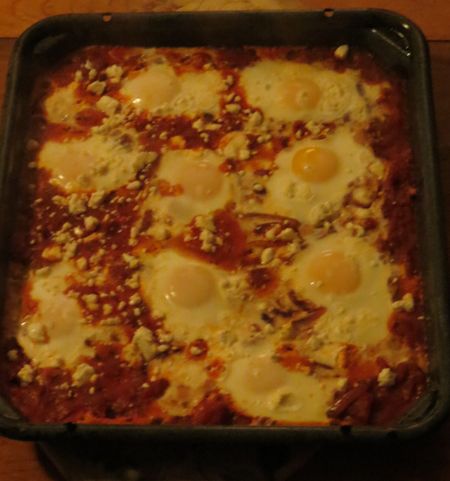
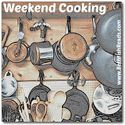
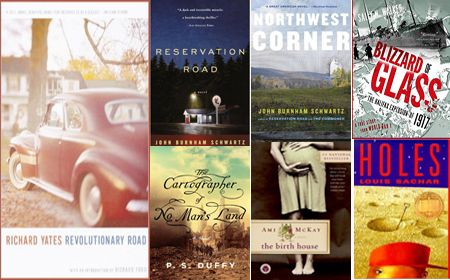
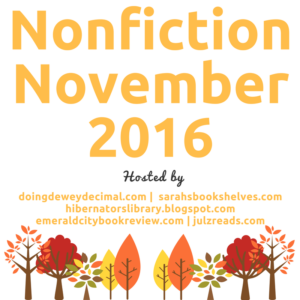
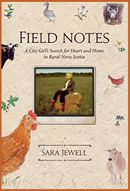 Amazon: “Field Notes includes forty-one essays on the differences, both subtle and drastic, between city life and country living. From curious neighbours and unpredictable weather to the reality of roadkill and the wonders of wildlife, award-winning narrative journalist Sara Jewell strikes the perfect balance between honest self-examination and humorous observation.” Plus, Jewell lives just an hour down the road from me!
Amazon: “Field Notes includes forty-one essays on the differences, both subtle and drastic, between city life and country living. From curious neighbours and unpredictable weather to the reality of roadkill and the wonders of wildlife, award-winning narrative journalist Sara Jewell strikes the perfect balance between honest self-examination and humorous observation.” Plus, Jewell lives just an hour down the road from me!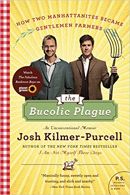 Kilmer-Purcell writes with dramatic flair and trenchant wit, uncovering mirthful metaphors as he plows through their daily experiences, meeting neighbors, signing on caretaker Farmer John, herding goats, canning tomatoes, and digging a garden, as he and his partner fix up their 205-year-old house near the hauntingly beautiful town of Sharon Springs, N.Y.
Kilmer-Purcell writes with dramatic flair and trenchant wit, uncovering mirthful metaphors as he plows through their daily experiences, meeting neighbors, signing on caretaker Farmer John, herding goats, canning tomatoes, and digging a garden, as he and his partner fix up their 205-year-old house near the hauntingly beautiful town of Sharon Springs, N.Y.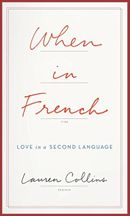 Amazon: “What does it mean to love someone in a second language? Collins wonders, as her relationship with her French boyfriend Olivier continues to grow entirely in English. Are there things she doesn’t understand about Olivier, having never spoken to him in his native tongue? Does ‘I love you’ even mean the same thing as ‘je t’aime’?”
Amazon: “What does it mean to love someone in a second language? Collins wonders, as her relationship with her French boyfriend Olivier continues to grow entirely in English. Are there things she doesn’t understand about Olivier, having never spoken to him in his native tongue? Does ‘I love you’ even mean the same thing as ‘je t’aime’?” Amazon: “‘Stories, both my own and those I’ve taken to heart, make up whoever it is that I’ve become,’ Peter Orner writes in this collection of essays about reading, writing, and living. Orner reads—and writes—everywhere he finds himself: a hospital cafeteria, a coffee shop in Albania, or a crowded bus in Haiti. The result is ‘a book of unlearned meditations that stumbles into memoir.'”
Amazon: “‘Stories, both my own and those I’ve taken to heart, make up whoever it is that I’ve become,’ Peter Orner writes in this collection of essays about reading, writing, and living. Orner reads—and writes—everywhere he finds himself: a hospital cafeteria, a coffee shop in Albania, or a crowded bus in Haiti. The result is ‘a book of unlearned meditations that stumbles into memoir.'”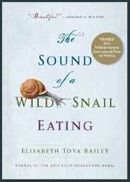 While an illness keeps her bedridden, Bailey watches a wild snail that has taken up residence on her nightstand. As a result, she discovers the solace and sense of wonder that this mysterious creature brings and comes to a greater understanding of her own place in the world.
While an illness keeps her bedridden, Bailey watches a wild snail that has taken up residence on her nightstand. As a result, she discovers the solace and sense of wonder that this mysterious creature brings and comes to a greater understanding of her own place in the world.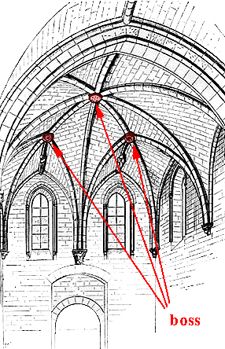 Boss: a knob or protrusion of stone or wood. Bosses can often be found in the ceilings of buildings, particularly at the keystones at the intersections of a rib vault. In Gothic architecture, such
Boss: a knob or protrusion of stone or wood. Bosses can often be found in the ceilings of buildings, particularly at the keystones at the intersections of a rib vault. In Gothic architecture, such 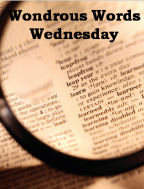
 From Amazon: “With his inimitable sense of humor and storytelling talent, New York Times bestselling author Michael Korda brings us this charming, hilarious, self-deprecating memoir of a city couple’s new life in the country.
From Amazon: “With his inimitable sense of humor and storytelling talent, New York Times bestselling author Michael Korda brings us this charming, hilarious, self-deprecating memoir of a city couple’s new life in the country. From Amazon: “As they say, if only the walls could talk …
From Amazon: “As they say, if only the walls could talk …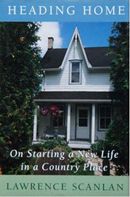 From Amazon: What harassed and harried city-dweller has not dreamed of escaping to a quiet place in the country? With his wife, Scanlan moved from the city of Kingston to a 19th Century frame house on the Napanee River in the village of Camden East, Ontario (pop. 250).
From Amazon: What harassed and harried city-dweller has not dreamed of escaping to a quiet place in the country? With his wife, Scanlan moved from the city of Kingston to a 19th Century frame house on the Napanee River in the village of Camden East, Ontario (pop. 250).